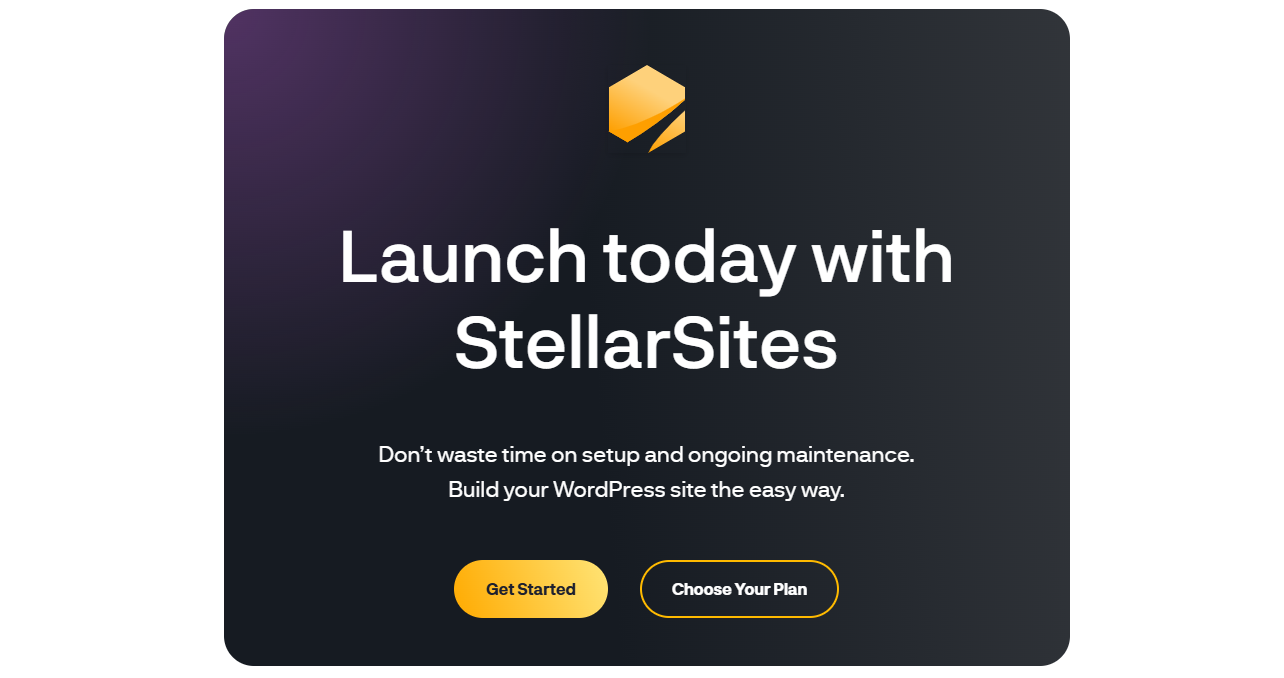Disclosure: We’re reader-supported. When you buy through links on our site, we may earn an affiliate commission at no extra cost to you. For more information, see our Disclosure page. Thanks.
Contents
DreamHost vs GoDaddy 2025: Key Features Compared
When comparing DreamHost and GoDaddy web hosting, there are several factors to consider, including features, pricing, performance, customer support, and user experience. Here’s a breakdown of how the two hosting providers stack up against each other:
1. Overview of DreamHost and GoDaddy
DreamHost has long been known for its strong commitment to privacy, excellent customer service, and flexibility for developers. It was founded in 1997 and has since gained a reputation for providing reliable shared, VPS, cloud, and WordPress hosting options.
GoDaddy, on the other hand, was founded in 1997 as well and has evolved into one of the largest domain registrars globally, expanding into web hosting and other online services. With a huge customer base, GoDaddy offers a range of hosting options, including shared hosting, VPS hosting, and dedicated servers, as well as domain registration services.
2. Pricing and Plans
Both DreamHost and GoDaddy offer competitive pricing, but the structure of their plans differs.
DreamHost Pricing:
- DreamHost’s pricing is straightforward, with clear tiers for shared hosting, managed WordPress hosting, VPS hosting, and cloud hosting.
- Shared hosting starts at around $2.59 per month (for a 3-year term).
- VPS hosting starts at $10 per month.
- Managed WordPress hosting starts at $16.95 per month.
- DreamHost also offers a 97-day money-back guarantee, which is much more generous than GoDaddy’s 30-day offer.
GoDaddy Pricing:
- GoDaddy’s pricing is a bit more complex, with numerous add-ons and upsells during the checkout process, which can make the initial price look lower than it is.
- Shared hosting starts at $2.99 per month (for a 36-month term).
- VPS hosting starts at $4.99 per month.
- Managed WordPress hosting starts at $6.99 per month.
- GoDaddy also frequently offers promotional discounts, but keep in mind that renewal rates can be much higher than the initial offer.
While DreamHost has an edge when it comes to transparency and longer money-back guarantees, GoDaddy might appeal to those seeking additional services like domain registration and website security tools in one place.
3. Performance and Uptime
Both DreamHost and GoDaddy offer solid performance in terms of uptime and speed, but there are subtle differences.
DreamHost Performance:
- DreamHost’s uptime has consistently averaged 99.95% over the past few years, which is generally considered excellent.
- DreamHost’s servers are optimized for WordPress, ensuring fast loading times and good performance for WordPress websites.
- The company provides free SSL certificates, which enhance both performance and security.
GoDaddy Performance:
- GoDaddy also maintains a strong track record with uptime around 99.9%.
- GoDaddy’s servers are generally fast, but users often report that their WordPress hosting isn’t as optimized as DreamHost’s.
- GoDaddy’s free SSL certificate is available with most plans, which is a key benefit for secure browsing.
In terms of raw performance, both hosts are reliable, but DreamHost may have the edge for WordPress sites, especially when you consider the optimization and fine-tuned settings available.
4. Ease of Use
When it comes to ease of use, both DreamHost and GoDaddy have user-friendly interfaces, but there are notable differences in how they approach this.
DreamHost Ease of Use:
- DreamHost has a clean and intuitive dashboard, making it easy for beginners to manage their websites and hosting settings.
- The hosting control panel is simple and efficient, with most essential features being easily accessible. DreamHost also offers one-click installs for WordPress and other apps, making it very beginner-friendly.
GoDaddy Ease of Use:
- GoDaddy’s control panel, while functional, is often considered a bit more cluttered than DreamHost’s.
- The company has its own proprietary dashboard that includes a lot of features but might be overwhelming for some users, especially beginners.
- GoDaddy does provide one-click installs and integrations with popular website builders like WordPress and others.
For beginners, DreamHost is typically easier to navigate, while GoDaddy offers more complex tools for advanced users who need additional services.
5. Customer Support
Customer support is a critical area for many users when selecting a web hosting provider. Both companies offer 24/7 customer support, but the quality and accessibility of that support differ.
DreamHost Support:
- DreamHost is known for its excellent customer support, offering support through live chat, email, and a comprehensive knowledge base.
- The company is praised for its responsive and friendly support staff, and response times are typically quick.
- DreamHost also offers a community forum where users can discuss issues and share solutions, adding an extra layer of support.
GoDaddy Support:
- GoDaddy’s customer support is available through phone and live chat, and users generally report good experiences with GoDaddy’s team.
- However, there have been occasional complaints about wait times and the need to pay for premium support in some cases.
- GoDaddy also offers a vast knowledge base, but many users report that it can be a bit difficult to find specific solutions compared to DreamHost’s more organized support.
In general, DreamHost tends to have a slight edge in support, particularly in terms of the quality and speed of responses. GoDaddy’s support is still very capable but can feel less personalized at times.
6. Security Features
Security is paramount for any website, and both DreamHost and GoDaddy have invested in robust security measures.
DreamHost Security Features:
- DreamHost provides free SSL certificates with most plans, which help secure data transfer between users and websites.
- It also offers automatic daily backups for many of its hosting plans, adding an extra layer of protection.
- Additional security features include DDoS protection, malware scanning, and a firewall for website protection.
GoDaddy Security Features:
- GoDaddy also includes free SSL certificates for most plans and offers enhanced security features such as site backups, malware removal, and hack repair.
- Premium security packages are available for more critical sites, offering advanced protection, including firewall and malware scanning.
- GoDaddy has also integrated security tools to protect its vast infrastructure, though some of these are locked behind higher-tier plans.
Both hosts provide the essential security features needed to protect your website, but DreamHost’s inclusive security and backup offerings are generally seen as more accessible without additional costs.
7. Additional Features
Both DreamHost and GoDaddy offer a variety of additional features, but they differ in how they bundle and market these services.
DreamHost Additional Features:
- DreamHost excels in flexibility, particularly for developers. It offers support for custom server configurations, multiple programming languages, and SSH access on many plans.
- DreamHost’s managed WordPress hosting plans include automatic updates, caching, and pre-installed themes for a streamlined experience.
- The company also integrates with a wide variety of third-party tools, providing a highly customizable hosting environment.
GoDaddy Additional Features:
- GoDaddy provides an extensive suite of tools and services beyond hosting, including website builders, SEO tools, marketing services, email, and even business management tools.
- It also offers additional products like SSL certificates, professional email hosting, and more at competitive rates, making it an appealing one-stop-shop for those looking to manage multiple aspects of their online presence.
- GoDaddy’s website builder is particularly popular with beginners who want to quickly set up a website without needing technical knowledge.
While GoDaddy is more of a “one-stop shop” for all online business needs, DreamHost’s additional features cater more to those who prioritize flexibility and control over their hosting environment.
8. Which One Is Right for You?
Choosing between DreamHost and GoDaddy ultimately depends on your specific needs and preferences.
- Go with DreamHost if:
- You’re looking for simple, transparent pricing with no hidden fees.
- You prioritize privacy, security, and quality customer support.
- You’re a WordPress user and want a platform that offers performance-optimized hosting.
- You value flexibility and control over server configurations.
- Go with GoDaddy if:
- You need a one-stop solution that includes hosting, domain registration, and additional business tools like email, SEO, and more.
- You want access to a wide range of premium security features and add-ons.
- You prefer a more feature-rich hosting plan, especially if you’re running a larger business or need advanced hosting options.




